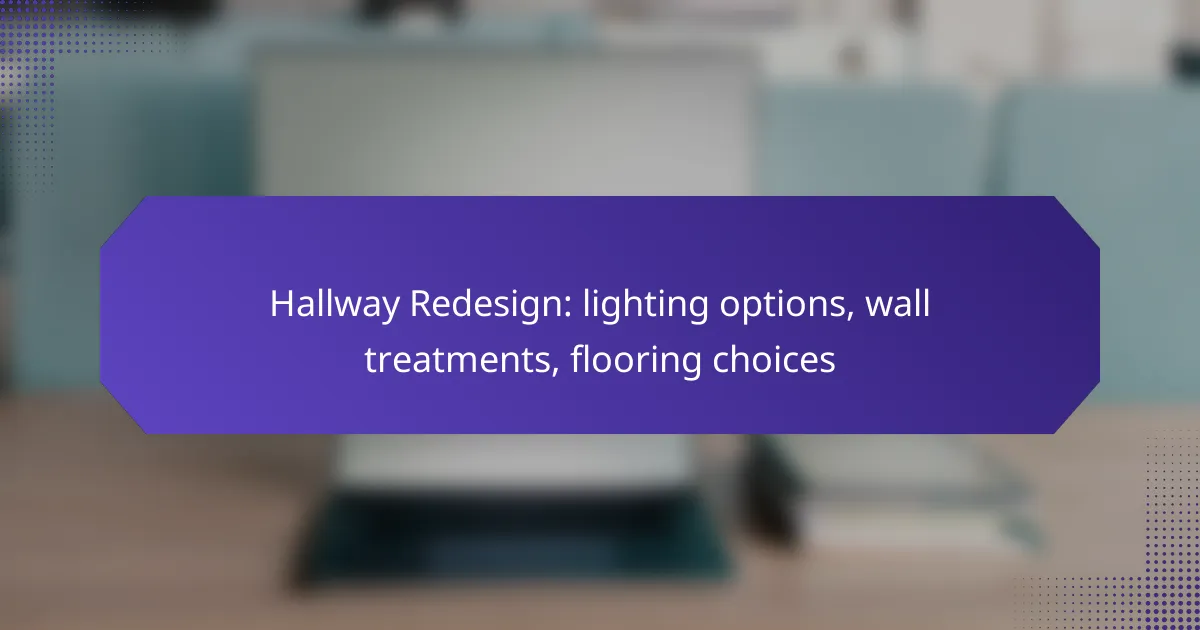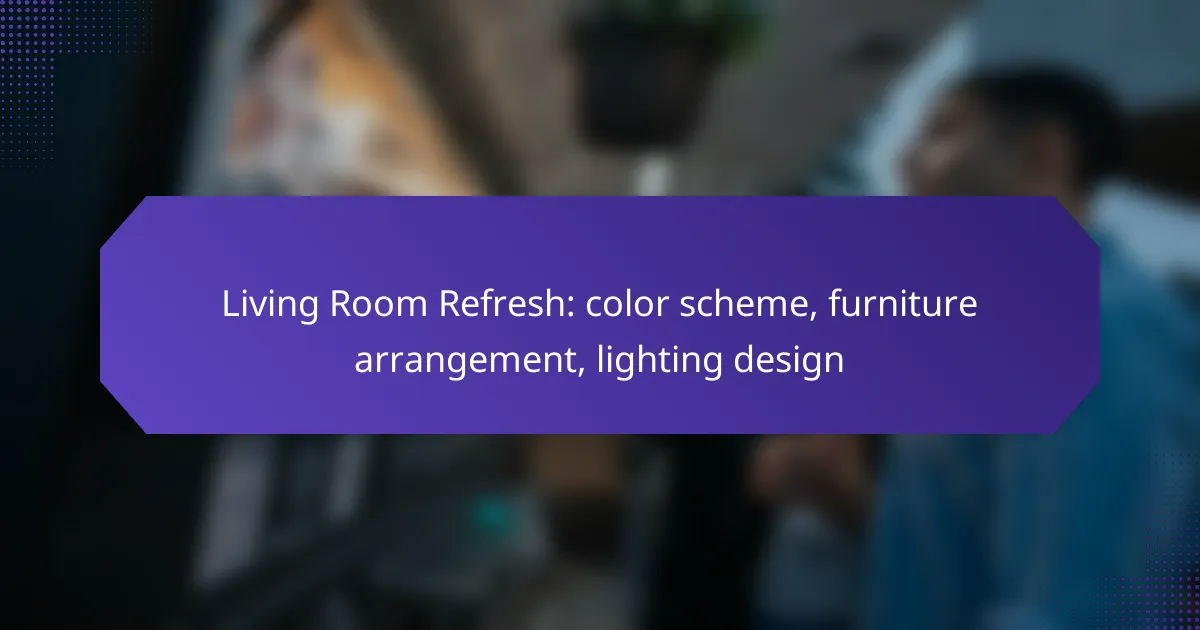Creating a beautiful and functional patio involves careful consideration of material selection, landscaping, and furniture placement. Choosing durable materials like concrete pavers or natural stone ensures longevity while enhancing the aesthetic appeal of your outdoor space. Additionally, thoughtful landscaping can harmonize with your patio, and selecting weather-resistant furniture will provide comfort and style for years to come.

What materials are best for patio construction in urban areas?
In urban areas, the best materials for patio construction are those that balance durability, aesthetics, and maintenance. Options like concrete pavers, natural stone, and composite decking are popular due to their resilience and versatility in design.
Concrete pavers
Concrete pavers are a favored choice for urban patios due to their strength and variety of styles. They can withstand heavy foot traffic and are resistant to cracking, making them ideal for city environments. Additionally, they come in various colors and shapes, allowing for creative designs.
When selecting concrete pavers, consider the thickness and texture, as these factors influence durability and slip resistance. A thickness of at least 60 mm is recommended for high-traffic areas.
Natural stone
Natural stone, such as granite or slate, offers a timeless and elegant look for patios. Its unique textures and colors can enhance the aesthetic appeal of urban spaces. However, natural stone can be more expensive and may require sealing to prevent staining.
When choosing natural stone, ensure it is suitable for outdoor use and can withstand local weather conditions. Regular maintenance, including cleaning and resealing, will help preserve its appearance over time.
Composite decking
Composite decking is an excellent alternative to traditional wood, combining recycled materials with plastic to create a durable and low-maintenance surface. It resists fading, staining, and warping, making it ideal for urban patios exposed to the elements.
Choose composite decking with a textured surface for better slip resistance. While it may have a higher upfront cost, its longevity and minimal upkeep can make it a cost-effective option in the long run.
Brick
Brick is a classic choice for patio construction, providing a rustic charm that complements many urban landscapes. It is durable and can withstand various weather conditions, making it a reliable option for outdoor spaces.
When installing brick, ensure proper drainage to prevent water pooling. Consider using a sand or gravel base for stability, and opt for a herringbone pattern for added visual interest.
Porcelain tiles
Porcelain tiles are increasingly popular for patios due to their durability and resistance to moisture and stains. They come in a wide range of designs, including options that mimic natural stone or wood, allowing for versatile aesthetics.
For urban patios, choose outdoor-rated porcelain tiles that can handle temperature fluctuations. Proper installation with a suitable adhesive and grout is crucial to prevent cracking and ensure longevity.

How to choose the right landscaping for a patio?
Selecting the right landscaping for a patio involves considering factors like climate, maintenance, and aesthetic preferences. The goal is to create a harmonious outdoor space that complements the patio while being practical and sustainable.
Native plants
Native plants are ideal for patio landscaping as they are well-adapted to the local climate and soil conditions. They require less water and maintenance compared to non-native species, making them a sustainable choice.
When selecting native plants, consider those that attract local wildlife, such as pollinators. For example, in the United States, plants like coneflowers and black-eyed Susans are popular choices that thrive in various regions.
Low-maintenance shrubs
Low-maintenance shrubs can enhance the patio’s visual appeal without demanding extensive care. Look for varieties that are drought-resistant and resilient, such as boxwoods or junipers.
These shrubs can provide structure and greenery year-round. When planting, ensure they are spaced adequately to allow for growth and airflow, preventing issues like mold or pests.
Decorative gravel
Decorative gravel serves as an attractive ground cover that can reduce weeds and improve drainage around the patio. It comes in various colors and sizes, allowing for creative designs.
When using gravel, consider a base layer of landscape fabric to prevent weed growth. A depth of around 2-3 inches is typically sufficient for effective coverage and aesthetics.
Vertical gardens
Vertical gardens are an innovative way to maximize space and add greenery to a patio. They can be created using wall-mounted planters or trellises, making them suitable for smaller areas.
Choose plants that thrive in vertical setups, such as climbing vines or herbs. Ensure adequate sunlight and moisture levels for the plants to flourish, and consider a drip irrigation system for easy maintenance.

What furniture is suitable for outdoor patios?
Outdoor patios benefit from furniture that is durable, weather-resistant, and comfortable. Selecting the right materials ensures longevity and enhances the overall aesthetic of your outdoor space.
Weather-resistant wicker
Weather-resistant wicker is an excellent choice for outdoor patios due to its ability to withstand various weather conditions. Made from synthetic materials, it mimics the look of natural wicker while offering enhanced durability against moisture and UV rays.
When choosing wicker furniture, look for pieces with a sturdy aluminum frame to prevent rusting. Regularly clean the surfaces to maintain their appearance and consider using cushions made from water-resistant fabric for added comfort.
Aluminum patio sets
Aluminum patio sets are lightweight, rust-resistant, and require minimal maintenance, making them a practical option for outdoor spaces. They are available in various styles and colors, allowing for customization to fit your patio’s design.
When selecting aluminum furniture, check for powder-coated finishes, which provide additional protection against scratches and fading. Pair these sets with cushions for comfort, and ensure they are secured during extreme weather to prolong their lifespan.
Teak wood furniture
Teak wood furniture is renowned for its natural resistance to moisture and insects, making it ideal for outdoor use. Its rich color and grain patterns add a touch of elegance to any patio setting.
To maintain teak furniture, apply a protective oil annually to preserve its color and prevent drying. While teak can be more expensive than other materials, its durability often justifies the investment, as it can last for decades with proper care.
Outdoor sectionals
Outdoor sectionals provide versatile seating options for patios, accommodating larger gatherings while offering comfort. These modular pieces can be rearranged to fit different layouts and preferences.
When selecting outdoor sectionals, prioritize weather-resistant materials and removable, washable covers for easy maintenance. Ensure the sectional is anchored securely to prevent shifting during windy conditions, and consider adding a weatherproof cover for protection when not in use.

What are the costs associated with patio construction?
The costs associated with patio construction can vary widely based on factors like materials, labor, and permits. Understanding these expenses helps in budgeting effectively for your project.
Material costs
Material costs typically account for a significant portion of the total patio construction budget. Common materials include concrete, pavers, natural stone, and wood, with prices varying from around $10 to $30 per square foot depending on the choice.
When selecting materials, consider durability, maintenance, and aesthetic appeal. For example, while natural stone may be more expensive upfront, it often requires less maintenance over time compared to wood.
Labor expenses
Labor expenses can vary based on the complexity of the patio design and local labor rates. On average, you might expect to pay between $50 and $100 per hour for skilled labor, with total labor costs potentially reaching 30-50% of the overall project budget.
To manage labor costs effectively, consider obtaining multiple quotes from contractors and discussing the scope of work clearly. This can help avoid unexpected expenses and ensure you get a fair price.
Permitting fees
Permitting fees are often overlooked but can add to the overall cost of patio construction. Depending on your location, permits may be required for structures over a certain size or for specific materials, with fees ranging from $50 to several hundred dollars.
Before beginning construction, check with your local building department to understand the necessary permits and associated costs. This proactive approach can prevent delays and additional expenses later in the project.

What are the best design practices for patios?
The best design practices for patios focus on creating a functional and aesthetically pleasing space that meets your needs. Consider layout, material selection, landscaping, and furniture placement to enhance usability and visual appeal.
Functional layout
A functional layout is essential for maximizing the usability of your patio. Start by determining how you intend to use the space—whether for dining, entertaining, or relaxing. This will guide the arrangement of furniture and pathways.
Consider the flow of movement and accessibility. Ensure there is enough space between furniture pieces for easy navigation, typically allowing at least 60 cm for walking paths. Group seating areas to encourage conversation and create distinct zones for different activities.
Incorporate features like built-in seating or fire pits to enhance functionality. These elements can serve as focal points while providing additional seating and warmth for gatherings. Always keep in mind the orientation of the patio to optimize sunlight exposure and shade throughout the day.










